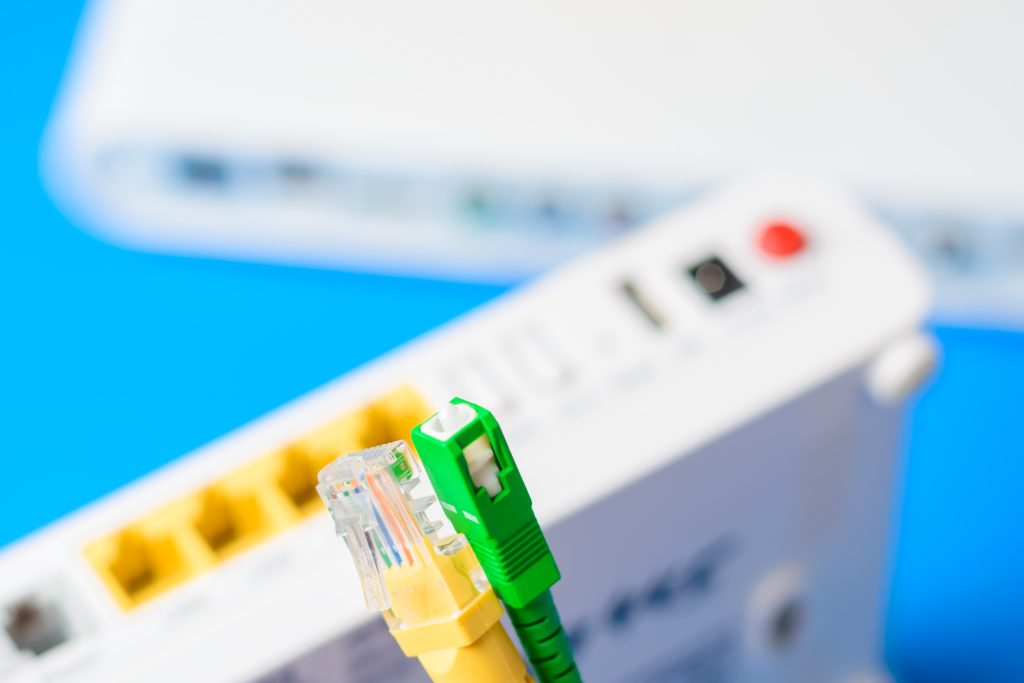With the increasing sophistication of cyber attacks, companies are searching for innovative ways to protect their networks and mitigate the risks. One such solution gaining traction is the use of network decoy hardware, more commonly referred to as a Honeypot. Lets further explore the concept of these decoys and how they can enhance cybersecurity efforts.
Understanding Network Decoy Hardware
Using network decoy hardware, also known as honeypots or honeynets, is a proactive security measure that involves setting up enticing decoy systems within a network to lure potential attackers. These decoy systems mimic real network assets, such as servers, databases, or IoT devices, to attract and engage hackers. By deploying these decoy systems, organizations can monitor and analyze the attacker’s techniques and gather valuable information about their intentions and methods.
Benefits of Network Decoy Hardware
Early Threat Detection
Deploying network decoy hardware allows organizations to detect potential threats at an early stage. All activities occurring within the decoy environment are considered suspicious, as no legitimate users interact with these systems. Any attempts to access or compromise a decoy device can trigger alerts, enabling security teams to respond swiftly and thwart potential attacks before they can make their way deeper into the infrastructure.
Gaining Insights into Attack Techniques
By observing the attacker’s behavior within the decoy environment, security teams can gain valuable insights into their techniques and methods. This information can be used to enhance existing security protocols, strengthen defenses, and prioritize resources to effectively counter future attacks. Additionally, it provides an opportunity to study emerging threats and vulnerabilities, ensuring proactive measures can be taken to prevent similar attacks in the future.
Diverting Attackers and Minimizing Damage
Network decoy hardware diverts attackers away from actual critical assets and towards decoy systems that contain limited or fake data. This diversion tactic buys the organization valuable time to identify and respond to the attack. It also minimizes the potential damage that could be caused if the attacker were to breach the actual systems and gain access to sensitive data or disrupt critical operations.
Enhancing Threat Intelligence
Network decoy hardware provides organizations with a wealth of valuable threat intelligence. By analyzing the attacker’s techniques, tactics, and procedures, organizations can gain a deeper understanding of their adversaries. This knowledge can then be shared with industry peers, security vendors, or even law enforcement agencies to collectively improve cyber defense strategies and protect against future attacks.
check out steps to protect your business eBook for additional info.
Implementing Network Decoy Hardware
To effectively implement network decoy hardware, organizations should follow best practices:
- Strategically Positioning Decoy Systems: Place decoy systems within the network where they are most likely to attract attackers, such as DMZs (demilitarized zones) or external-facing interfaces.
- Regularly Updating and Patching: Ensure that the decoy systems are kept up to date with the latest security patches and updates to make them appear realistic and viable targets for attackers.
- Monitoring and Incident Response: Implement robust monitoring tools to track and analyze activity within the decoy environment. Establish an incident response plan to quickly address any potential threats identified.
- Periodic Evaluation: Regularly assess the effectiveness of the network decoy hardware strategy by analyzing the data collected and adjusting the placement, configurations, or types of decoy systems as needed. Connect with us if you are interested in a technology audit to see where you are most vulnerable.
As cyber attacks continue to evolve in complexity, organizations must explore new avenues to enhance their cyber security defenses. Network decoy hardware provides a proactive approach. This allows businesses to gain insights into attackers’ techniques, detect threats early, divert attackers from critical assets, and enhance overall threat intelligence.
By implementing and maintaining a network decoy hardware strategy, organizations can significantly bolster their cyber security efforts and stay one step ahead of potential threats.
Rat Trap by Affordable Computer Solutions is our honeypot solutions to these growing threats, learn more here.






